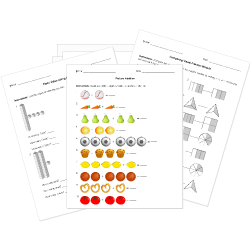Common Core Standard HSG-GPE.A.3 Questions
(+) Derive the equations of ellipses and hyperbolas given the foci, using the fact that the sum or difference of distances from the foci is constant.
You can create printable tests and worksheets from these questions on Common Core standard HSG-GPE.A.3! Select one or more questions using the checkboxes above each question. Then click the add selected questions to a test button before moving to another page.







